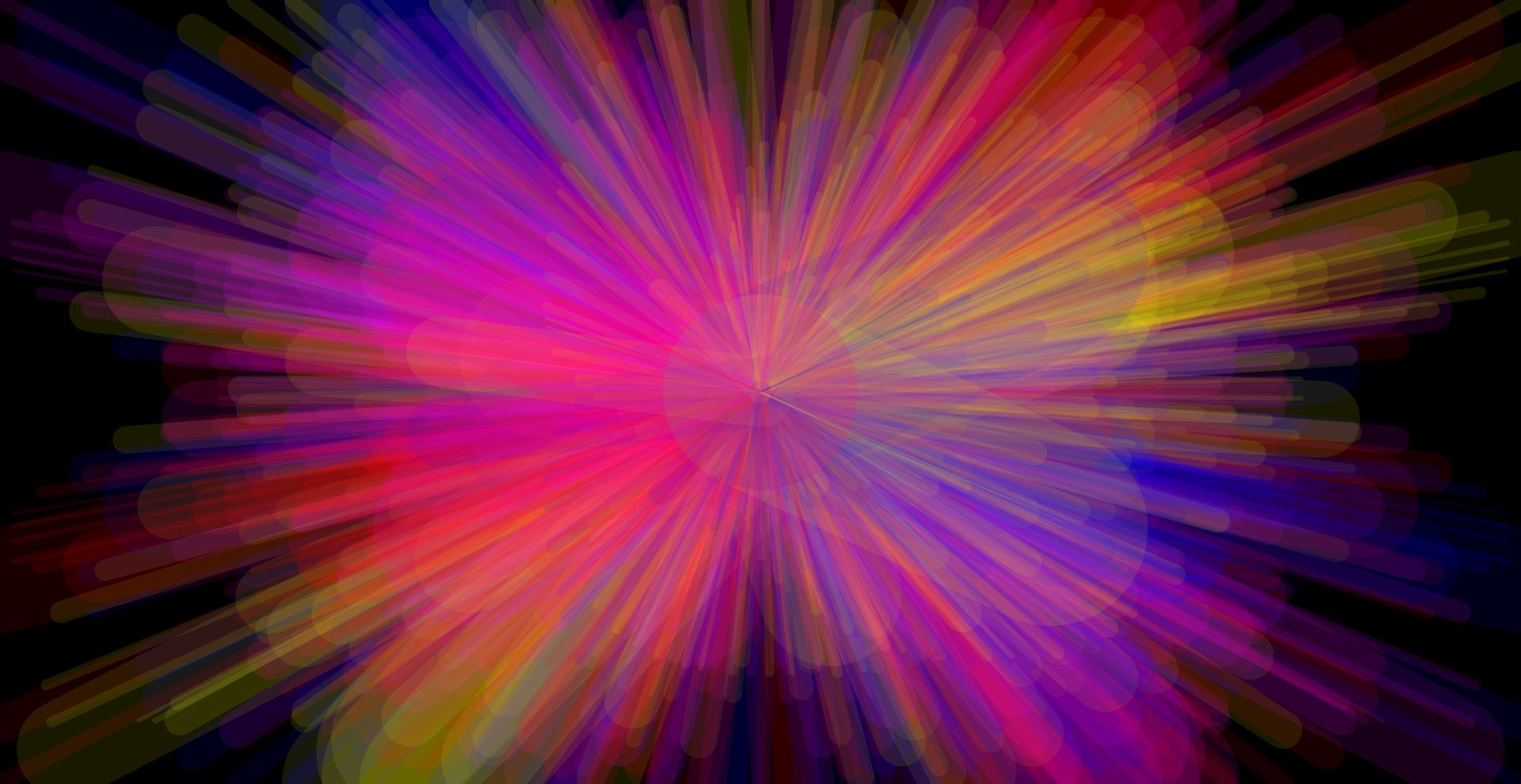
These one-time inputs are called events, and p5.js provides a bunch of functions that it automatically calls whenever an event happens. But what if you want to detect one-time input like a mouse click? The mouseIsPressed variable is useful when you want to do something continuously, as long as the user has the mouse pressed.
P5JS MOUSEX CODE
This works because the code does not call the background function from the draw function, so new circles are drawn on top of old circles. In other words, the program lets you draw with circles whenever the mouse is pressed. If it is, then it draws a circle at mouseX,mouseY. This program uses an if statement to check whether mouseIsPressed is true. You can combine the mouseIsPressed variable with the mouseX and mouseY variables to create a drawing program: In other words, the program displays gray unless the mouse is pressed, then it displays green. If it is, then it draws a green background.

You can use the mouseIsPressed variable in an if statement to do stuff when the mouse is held down: Similarly, the mouseIsPressed variable points to a boolean value that’s true when the mouse is pressed, and false when it’s not. The mouseX and mouseY variables point to number values that hold the current position of the mouse. This program draws a circle wherever the mouse cursor is. p5.js automatically updates these variables, so you can use them in the draw function to get the position of the mouse. P5.js provides mouseX and mouseY variables that hold the current location of the mouse cursor in the window. Mouse Input The mouseX and mouseY Variables
P5JS MOUSEX HOW TO
This tutorial shows you how to get user input (things like mouse position, mouse clicks, and keyboard typing) to make your programs more interactive. So far your programs have mostly done stuff on their own, without responding to anything that the user does. You also know that p5.js automatically calls the setup function once at the very beginning of the program, and then calls the draw function 60 times per second. You also know how to modify variables over time to create animations, and you’ve seen that p5.js gives you predefined variables like width and height. Now you know how to call functions, use variables, create functions, and use if statements.

Combining Input Variables and Event Functions.For Loops Input tutorial p5.js javascript input


 0 kommentar(er)
0 kommentar(er)
